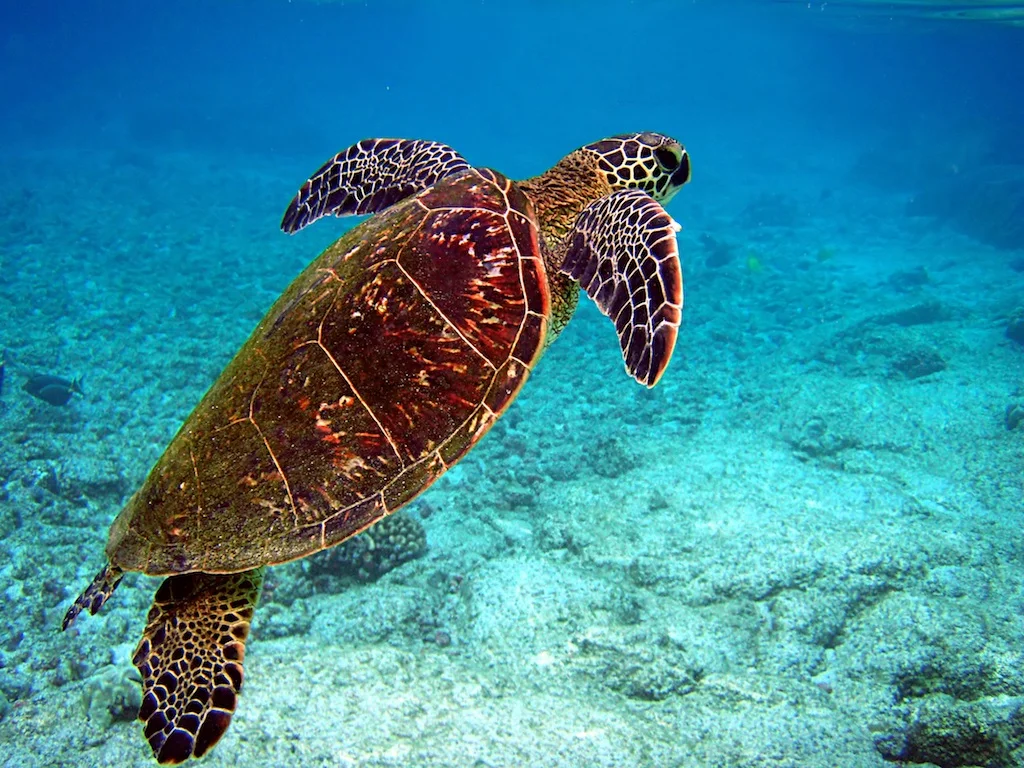Section 3. Sharks
Globally, pelagic longlining has the highest rate of shark catch (as a target and nontarget species) of any fishery. Most shark species are quite vulnerable to this practice, since several aspects of their biology make them highly susceptible to overfishing, including (i) slow growth rates, (ii) late maturation, (iii) long pregnancies, (iv) low fertility, and (v) long lifespans.
Millions of sharks are caught with longline gear every year. It is increasingly evident that at least a few of these species are in steep decline because of this intense fishing pressure: despite increases in effort, catches are decreasing, and those individuals that they are catching are smaller in size. One of the reasons why data collection about longline shark bycatch is important is that it allows scientists to determine which stocks are healthy and which require additional measures to ensure that they remain a functional part of the marine ecosystem.
There are a few simple actions that you can take to reduce the incidental catch of sharks, and fewer hooked sharks mean more open hooks for tuna and less time spent struggling with sharks during hauling. Here we will briefly review the most commonly encountered sharks, effective ways to avoid catching sharks, and how to handle and release them when they are caught.

